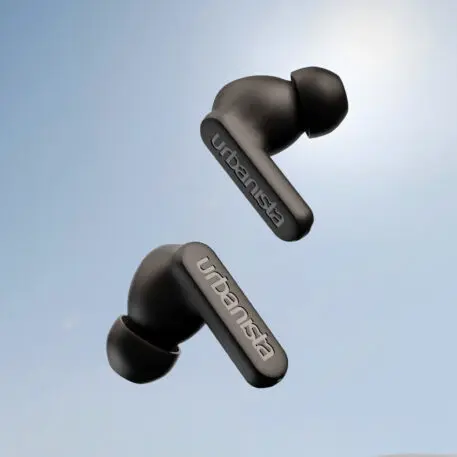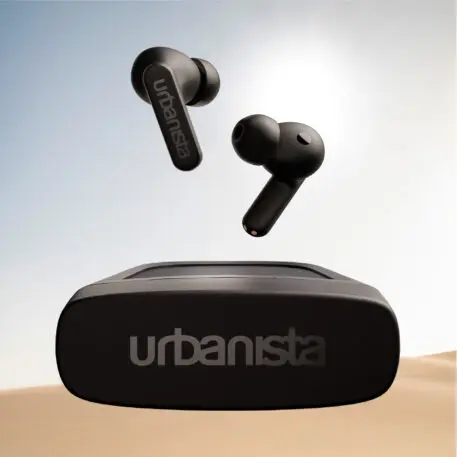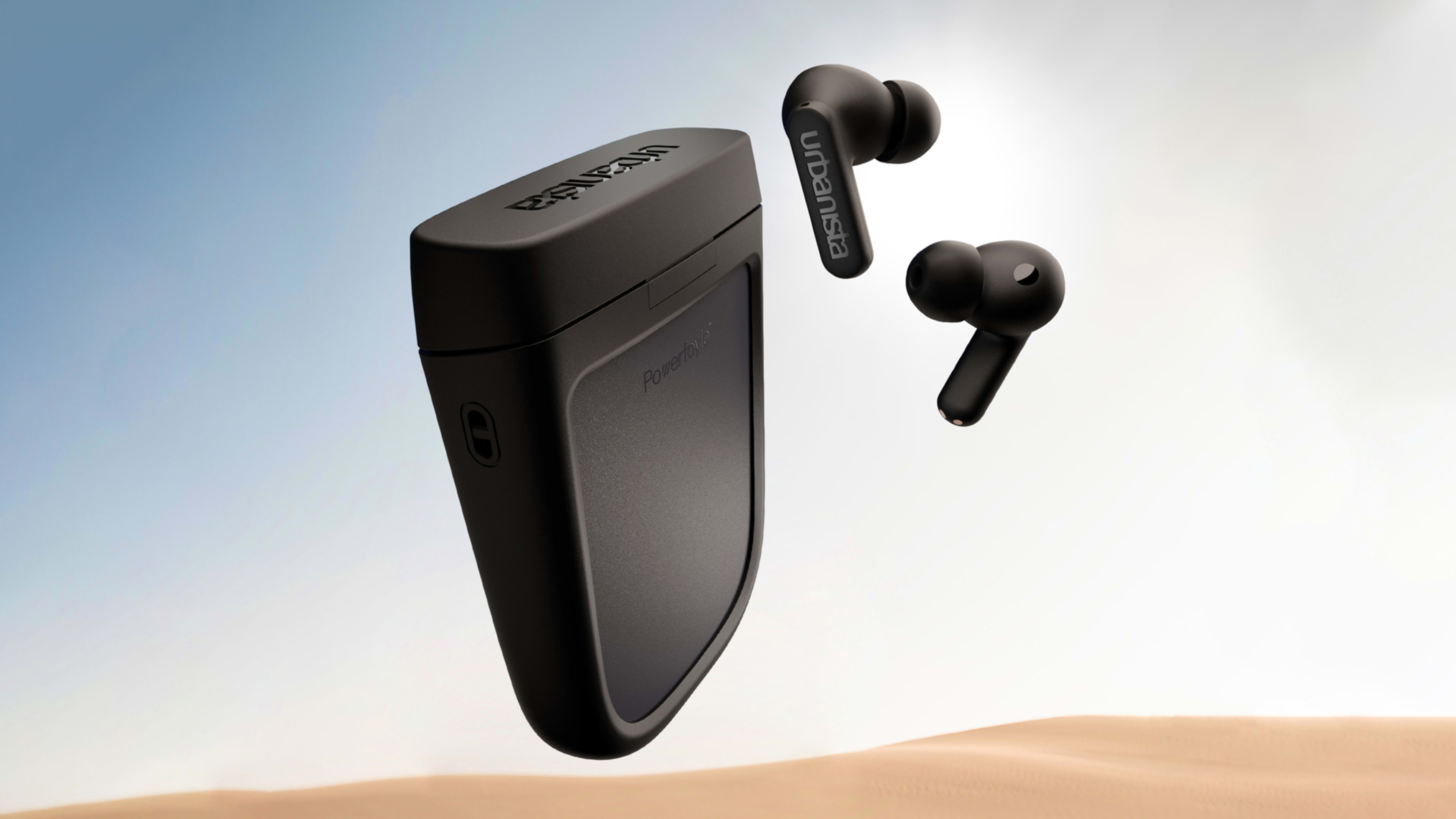The Swedish audio company Urbanista says it will soon announce the world’s first solar-powered wireless, active noise-canceling earbuds.
The company already has a pair of solar-powered over-the-ear headphones, the Urbanista Los Angeles, which Fast Company honored in its 2022 World Changing Ideas list. And while solar-powered over-ear headphones are indeed a good idea, solar-powered earbuds may be an even better one: Earbuds are typically used for mobile activities, such as running or working out, where accessing electric power sources might be less convenient.
“We started working on it in October of last year when we began work on the Los Angeles product,” says Urbanista’s brand and marketing director Tuomas Lonka. “When we announced that product in the spring last year, we got a great reaction, so we knew early on we wanted to do an in-ear product as well.”

“With climate change, we feel like we are contributing in our small way to a better world,” Fili says. “Our customers want to help change the world, and we are finding ways to help them do that in ways where they don’t have to compromise their lifestyle.”
Urbanista’s Phoenix earbuds offer some passive noise cancellation, which results from the silicon tips shutting out outside sound by forming a seal at the opening of the ear canal. The active noise cancellation relies on six tiny microphones to analyze ambient noise, and then some audio processing to eliminate even more background noise. Reducing ambient noise can drastically improve the audio quality of phone calls and music playback. The Phoenix earbuds have a transparency mode that lets some ambient sound enter the ear, allowing the wearer to hear other people’s voices or remain aware of potential threats, such as traffic. (Fast Company has yet to receive a review unit from Urbanista, so I can’t vouch for the Phoenix’s noise-cancellation abilities.)

The earbuds have a multipoint connectivity feature that lets them connect to two audio-source devices. They also offer the ability to control playback by tapping on the outside of the earbuds.
The Phoenix earphones, which will be released in the fourth quarter, will run at $149, and come in black and rose.
Recognize your brand’s excellence by applying to this year’s Brands That Matter Awards before the early-rate deadline, May 3.
